
There are so many fantastic animated shows to choose from that span decades of television history, yet not all of them stick the landing. Some fizzle out, lose steam halfway through, or overstay their welcome, but these are some of the greatest animated shows ever made. More impressive, though, is how each one steadily improves with every season, finding new ways to evolve and surprise viewers.
They start off good, but gradually introduce new elements, whether through sharper writing, deeper characters, or bolder storytelling choices, that transform them into unforgettable classics. And while often marketed toward kids, the best animated shows are truly a genre enjoyed by all ages. These 10 animated gems prove that with time, the medium only gets stronger.
Regular Show
2010–2017, 8 Seasons
At first glance, Regular Show began as a bizarre sitcom about a blue jay and raccoon slacking off and avoiding work. The early seasons leaned heavily into random gags and surreal situations, with a unique style that distinguished it from Adventure Time. Over time, though, the series gradually shifted into a reflection on growing up and learning responsibility.
Some of the best Regular Show episodes are more poignant, like “Eggscellent,” where Rigby’s obsessive drive for a prize revealed how often the smallest things reflect bigger struggles. The two-part “Exit 9B” arc went even further, turning the series into a full-on action show that pulled together nearly every character for an epic battle.
By its cosmic final season, the show had evolved into a coming-of-age saga, balancing absurd comedy with an emotional finale that still resonates with fans.
Gravity Falls
2012–2016, 2 Seasons
When Gravity Falls first premiered, it felt like a clever mix of summer adventure and supernatural comedy. The early episodes leaned on quirky humor and monster-of-the-week plots, which made it easy for new viewers to jump in. What really set it apart, though, was the undercurrent of mystery waiting to be unraveled across both seasons.
As the story moved forward, episodes like “Not What He Seems” and “A Tale of Two Stans” revealed just how carefully layered the show’s mythology had been all along. Fans discovered hidden clues and ciphers in Gravity Falls in nearly every frame, rewarding those who paid close attention.
Gravity Falls ended way too soon, but it had become one of the best animated Disney shows ever, tying together humor and heart into a cosmic finale in a way that felt both complete and unforgettable.
One Piece
1999–Present, 1,000+ Episodes
One Piece introduced the Straw Hat Pirates across its first few arcs, and their ultimate quest for the legendary treasure. The anime, rightfully recognized as one of the best anime ever, stood out for its humo, action, and earnestness, but as the years went on, the series kept expanding its scope with deep worldbuilding that few anime could ever match.
Some of the best One Piece arcs like Alabasta, Enies Lobby, and Marineford pushed the story to new heights, and each one raised the stakes no show—full stop—has ever done. More recent arcs like Whole Cake Island and Wano haven’t disappointed, either.
It’s true the anime has struggled with pacing, often slowing down to keep from outpacing Eiichiro Oda’s manga, yet that doesn’t diminish its achievement. Each arc builds on the last, deepening character relationships, revealing long-teased mysteries, and raising the stakes for Luffy and his crew.
Young Justice
2010–2022, 4 Seasons
When it first debuted, Young Justice looked like another team-up show like Teen Titans; the opening season did a great job of establishing a solid foundation by mixing action with themes of legacy and mentorship. More surprising, though, was how quickly it leaned into serialized storytelling rather than villain-of-the-week, which set it apart from many of the most rewatchable DC animated shows.
The show has always been somewhat controversial—its pacing, character focus, and shifting timelines divided some of its audience—but seasons 3 and 4 proved how ambitious Young Justice had become. These later chapters explored more mature topics like generational trauma, identity, and the cost of power, which raised the stakes in ways that earlier seasons only hinted at. Even now, there are so many rewatchable Young Justice episodes from every season.
Star Wars: The Clone Wars
2008–2020, 7 Seasons
In its early seasons, The Clone Wars leaned on kid‑friendly humor and monster‑of‑the‑week Jedi adventures. But most need a guide to watch The Clone Wars in correct order, because episodes aired out of chronological order. Admittedly, it made story arcs harder to follow. Still, the foundation was there, and as the series moved forward it began shedding its lighter tone for something far more ambitious.
By mid‑series, the tone had grown up with its intended younger audience, exploring darker themes and moral ambiguity. Episodes focused on the clones’ individuality (leading to Disney’s The Bad Batch), Ahsoka’s departure from the Jedi Order. And arcs like the Siege of Mandalore—one of the best, most rewatchable Clone Wars episodes ever—transformed the show in a way most wouldn’t believe if they couldn’t stomach the first few seasons.
Bob’s Burgers
2011–Present, 16 Seasons
From its earliest episodes, Bob’s Burgers leaned heavily on strange premises and understated humor. The Belchers quickly stood as animated TV’s most resilient and earnest families, but it took a few seasons before the show fully tapped into the warmth and chaos of its ensemble. Over time, it struck a perfect balance: absurd comedy grounded by the sincere love between family members.
Later episodes proved just how much the show had grown, and Season 13’s “The Plight Before Christmas” (arguably my favorite Bob’s Burgers episode, blended the show’s signature “panic attack” narratives, culminating in the sweetest Louis moment as she recites the “What’s Around the Tree” poem. It’s one of Bob’s Burger‘s most emotional episodes ever.
Then Season 14’s second episode followed up with “The Amazing Rudy,” which reimagined Bob’s Burgers best side character in heartbreaking fashion, showing how much emotional depth the series could still mine more than a decade into its run. These late-season gems prove that Bob’s Burgers has only gotten better with age, transforming comfort food TV into something unforgettable.
Batman: The Animated Series
1992–1995, 85 Episodes
From the start, Batman: The Animated Series stood out for embracing darkness and moral ambiguity in a way no prior Saturday-morning cartoon did. Its visuals, dialogue, and character design all felt like the Batman version we’d always dreamed of, but it was real! And even when it was at its best early on, creators still found room to dig deeper as the series progressed.
In the most rewatchable Batman: The Animated Series episodes, stories like episode 79, “Riddler’s Reform” challenged notions of whether a villain can change, and episode 68, “Trial,” put Batman’s mission and methods on legal and ethical trial. “Baby-Doll” and “Harley’s Holiday” also humanized characters previously cast as one-off villains These stories pushed the boundaries of what a Batman cartoon could be, turning a strong series into a truly evolving one.
Samurai Jack
2001–2004, 2017, 5 Seasons
Samurai Jack was immediately known for its stunning art direction and almost dialogue-free episodes. Early seasons leaned heavily on episodic adventures, each one a self-contained duel or surreal detour through time. It was stylish, inventive, and immediately iconic, but often felt more like a collection of parables than a single story.
As the show progressed, its arcs grew more daring, and the 2017 revival in particular transformed the series into something more serialized and mature, confronting Jack’s decades of isolation and his wavering sense of purpose. Some of the best Samurai Jack episodes, like season 5 episode 1, “XCII” and the climactic Samurai Jack ending tied together years of worldbuilding and heartbreaking closure.
Avatar: The Last Airbender
2005–2008, 3 Seasons
Avatar: The Last Airbender was a bold experiment, one that blended Eastern philosophies and martial arts traditions with a serialized Western cartoon format. The first “Book” instantly established one of the best fantasy TV settings and characters with a sharp blend of action and humor, but each new season raised the dramatic stakes further and further.
By Book Two: Earth, the storytelling had grown significantly more complex, and introduced one of the best Avatar characters: the earth-bender Toph, who was an immediate fit for the Gaang. And then episodes like “The Crossroads of Destiny” delivered one of the show’s most shocking betrayals, while simultaneously, Zuko’s ongoing struggle between honor and morality deepened into one of the richest redemption arcs on television.
The final season more than maintained that momentum with incredible action and deeply personal, earned character resolutions. By Avatar’s final episode, the series had transformed into one of the animated TV masterpieces, raising the bar for everything that followed.
BoJack Horseman
2014–2020, 6 Seasons
What was unfortunately dismissed as just another offbeat Netflix cartoon, BoJack Horseman quickly revealed its deeper ambitions. It hooked viewers in as a sharp satire of Hollywood’s absurdities, but soon evolved into an unflinching examination of depression, addiction, and cycles of self-destruction. And at the heart of that was BoJack, who grew darker and more profound with each season.
Later seasons were bold, offering some of the show’s most devastating work, from the wordless underwater story “Fish Out of Water” to “Free Churro,” a Bojack episode that’s impossible to watch without crying. By the penultimate episode, “The View From Halfway Down” stuffed everything about the show that it made more than just “a silly cartoon about a horse.”
Instead, Bojack Horseman demonstrated how the animated medium can capture an unforgettable meditation on regret and the search for redemption better than any live-action attempt.
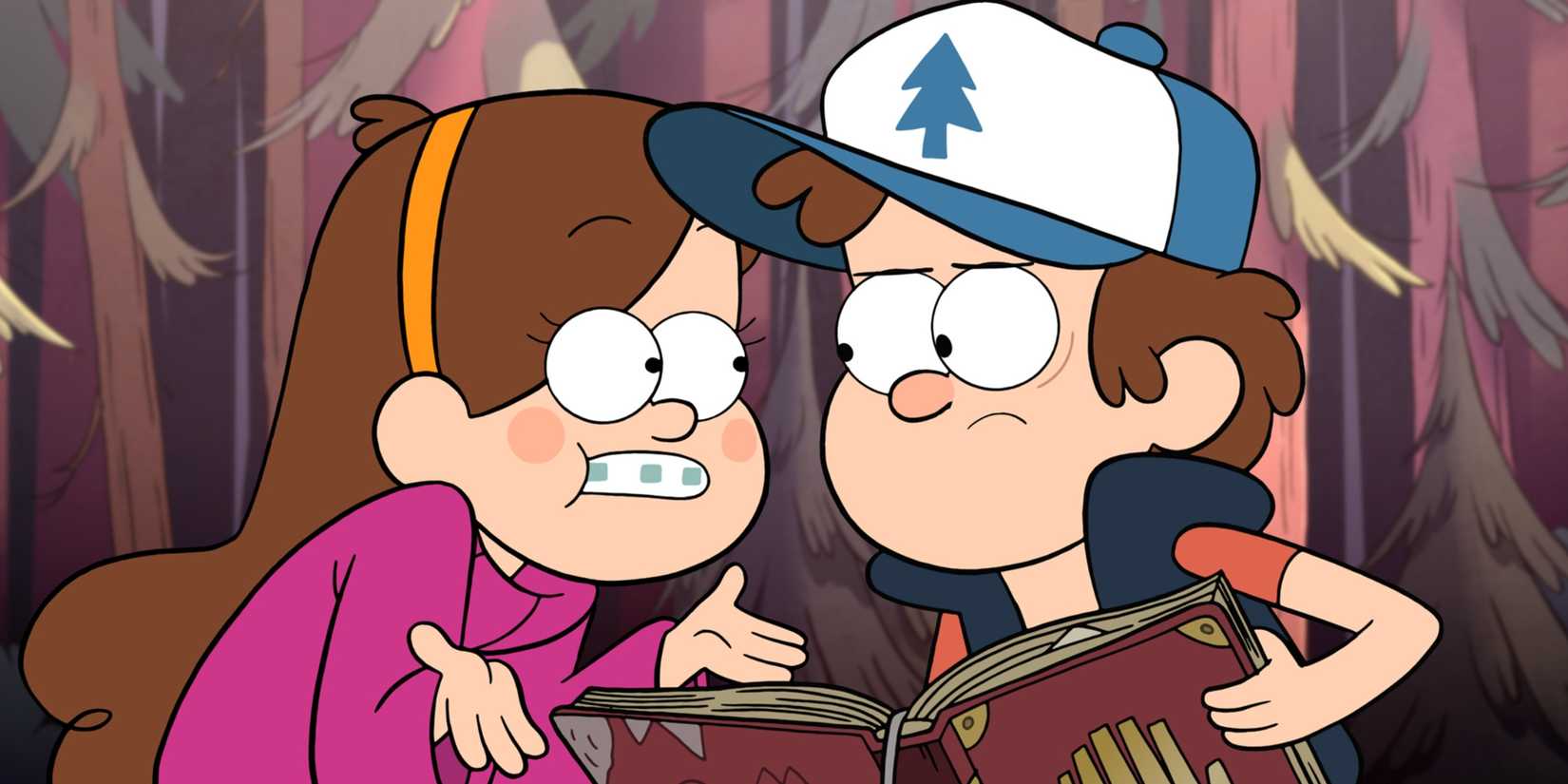


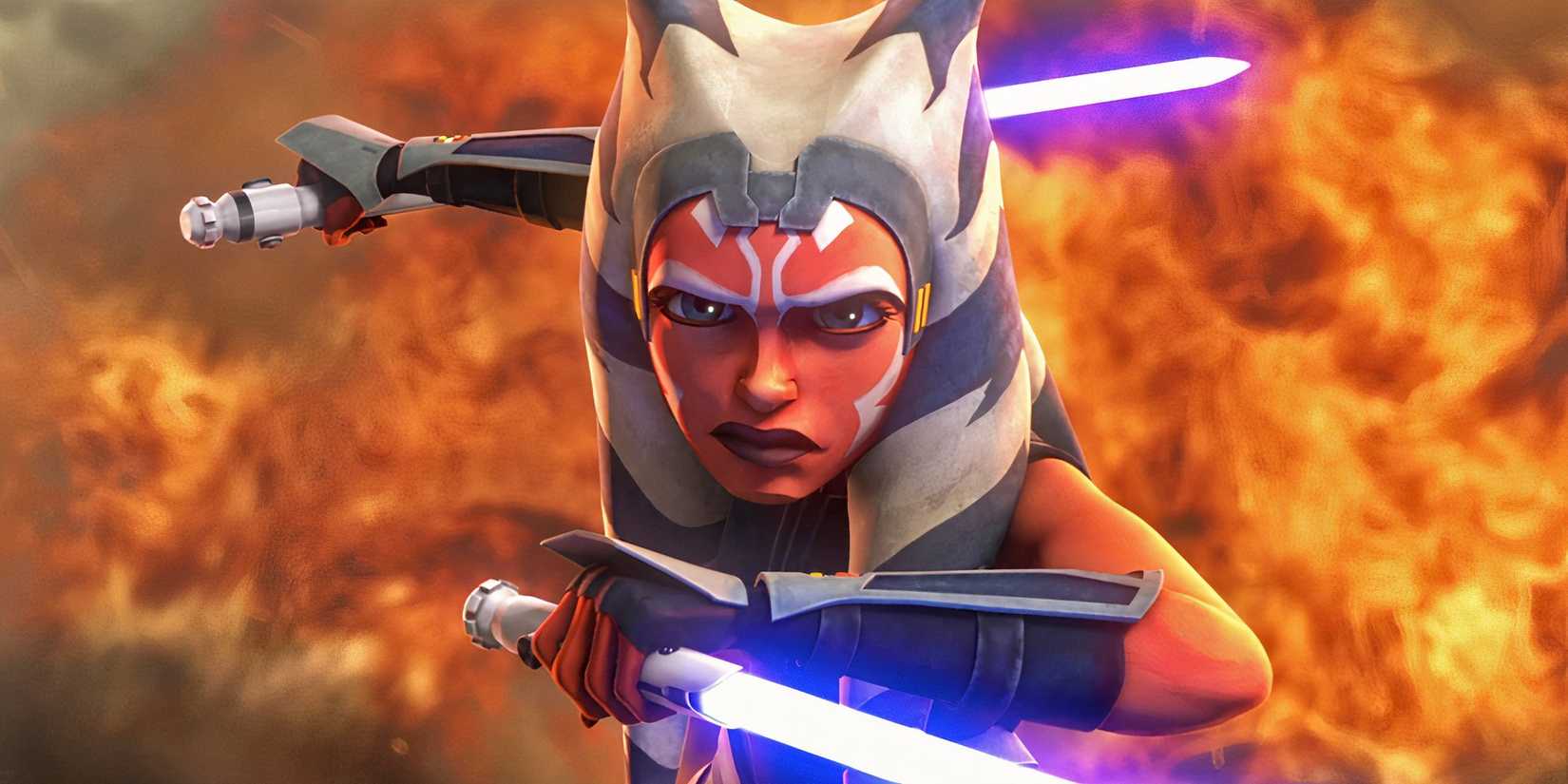

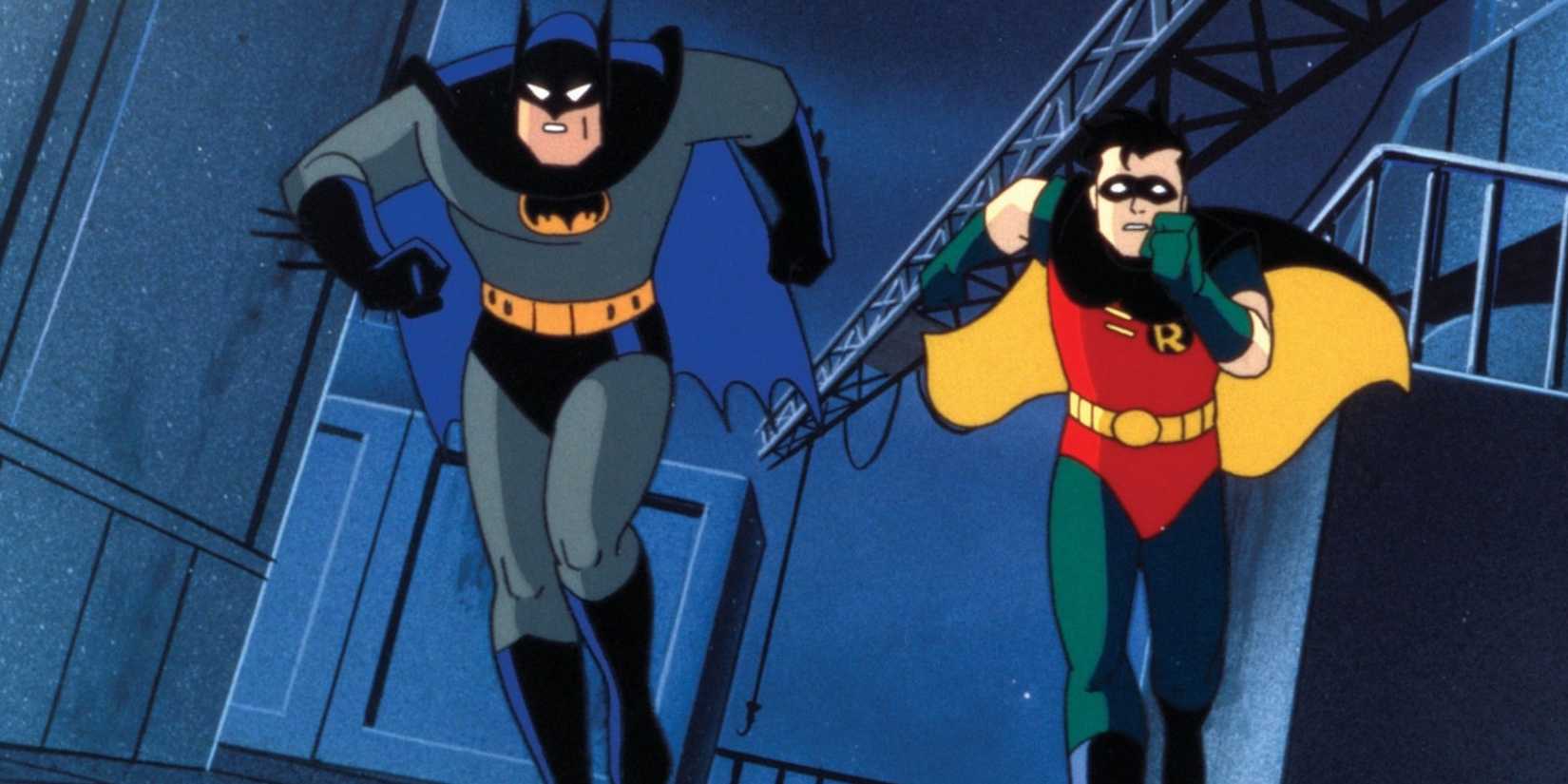
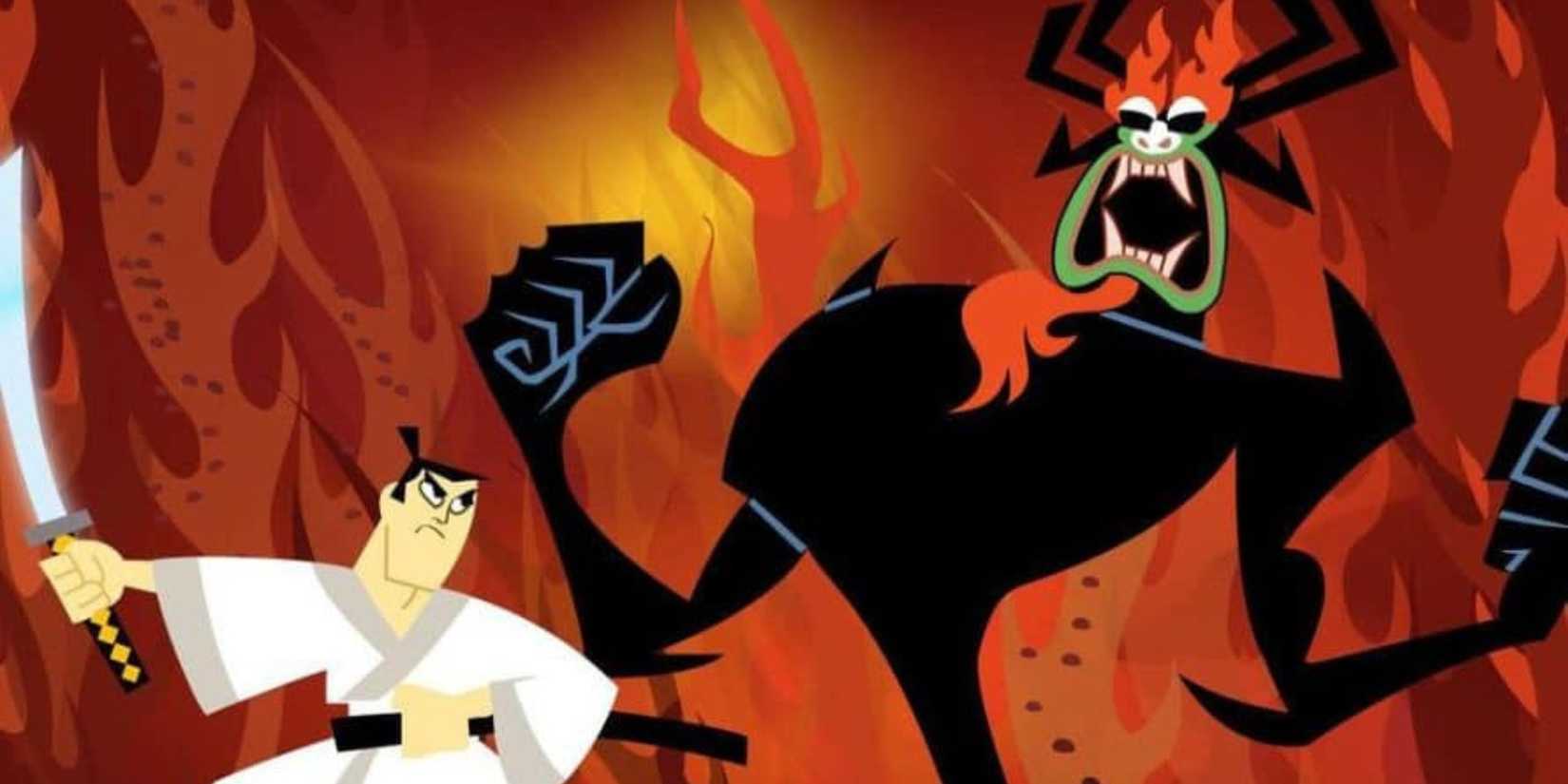
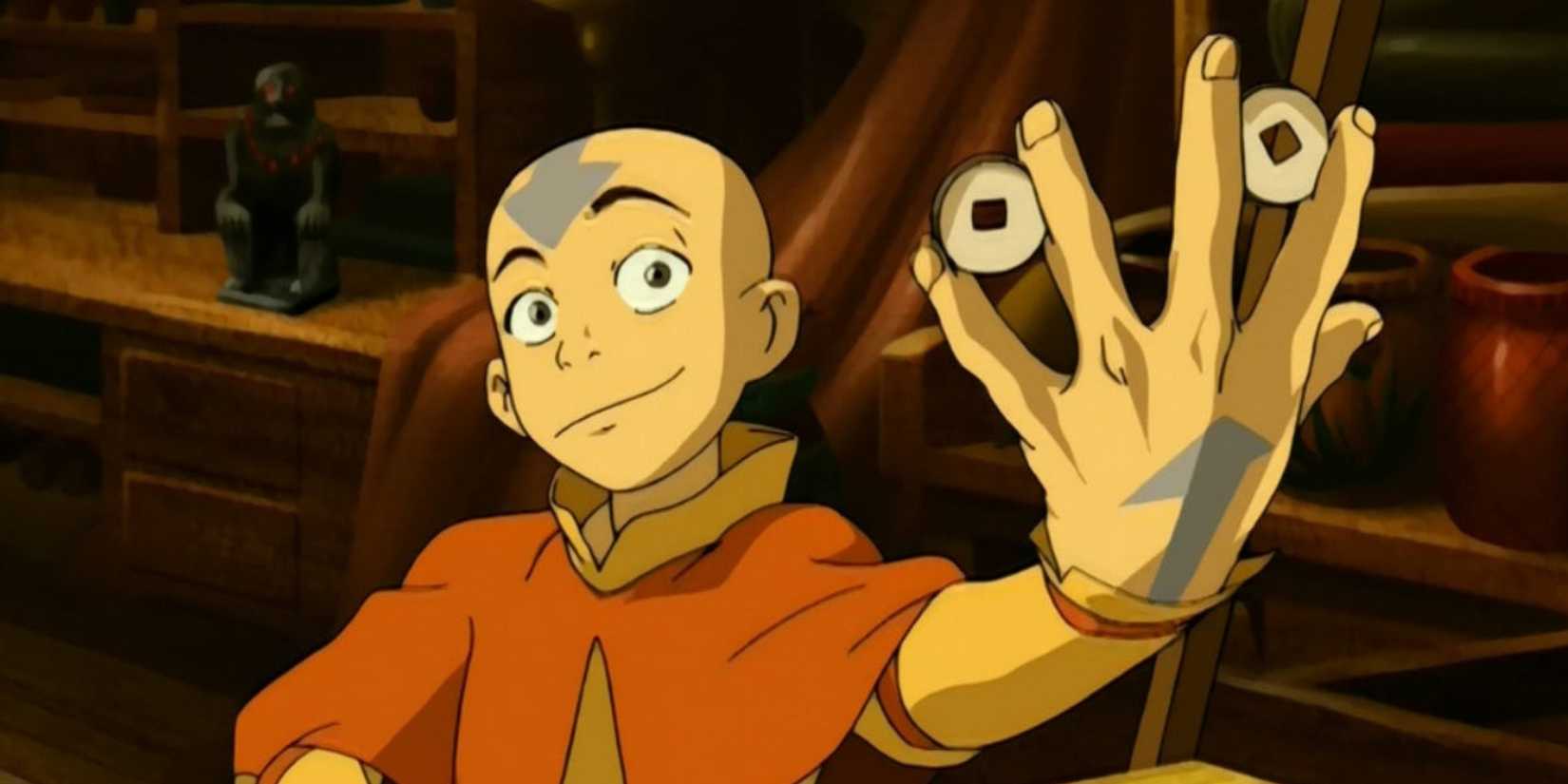



![Women’s World Cup [WATCH]: Amelia Kerr’s googly rattles Phoebe Litchfield’s stumps in AUS-W vs NZ-W game Women’s World Cup [WATCH]: Amelia Kerr’s googly rattles Phoebe Litchfield’s stumps in AUS-W vs NZ-W game](https://i0.wp.com/crickettimes.com/wp-content/uploads/2025/10/Amelia-Kerrs-googly-rattles-Phoebe-Litchfields-stumps-in-AUS-W-vs-NZ-W-encounter.webp?ssl=1)



